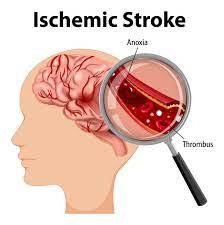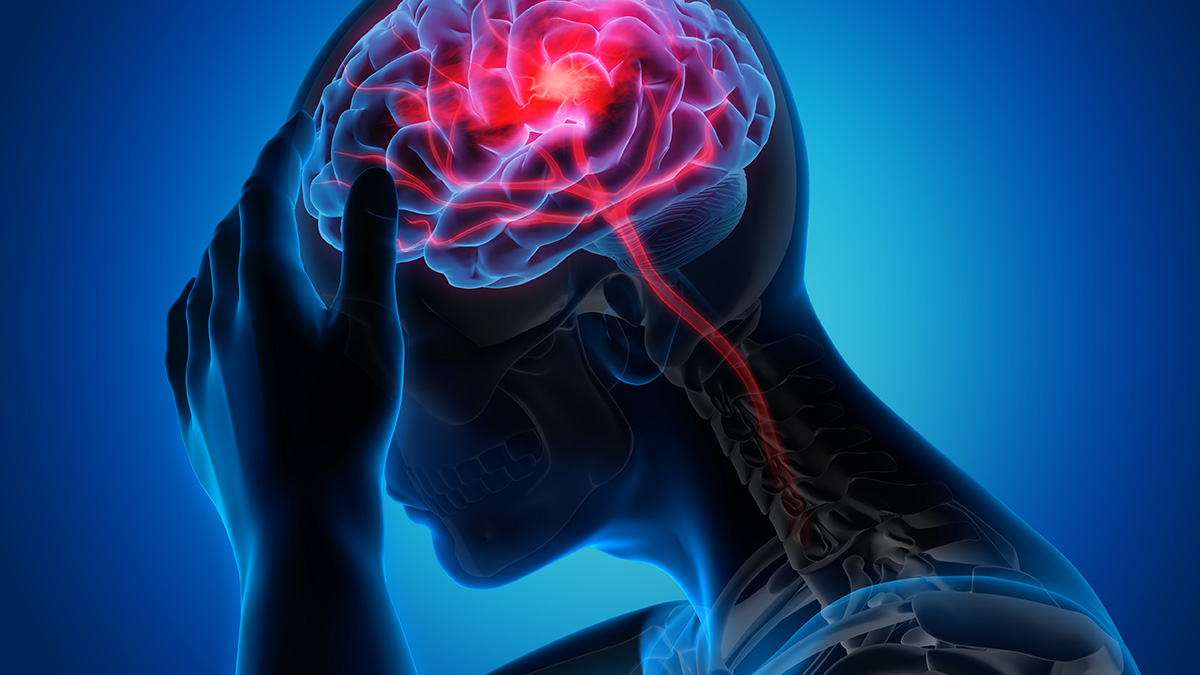An ischemic stroke is a medical emergency that occurs when blood flow to the brain is blocked by a clot or buildup of fatty deposits. It deprives brain cells of oxygen and nutrients, leading to cell death within minutes. As the most common type of stroke—accounting for nearly 87% of all cases—it is a leading cause of disability and death worldwide. Speech Therapy Uganda helps you understand what it is, its cause, symptoms and treatment.
What Is an Ischemic Stroke?
An ischemic stroke happens when arteries supplying blood to the brain become narrowed or blocked. This blockage prevents oxygen-rich blood from reaching parts of the brain. The damage caused depends on how quickly treatment is given.
Types of Ischemic Stroke
There are two main types of ischemic stroke. A thrombotic stroke occurs when a blood clot forms in one of the brain’s arteries, often due to plaque buildup from atherosclerosis. An embolic stroke happens when a clot or debris forms elsewhere—often in the heart—and travels through the bloodstream to block a brain artery.
Causes and Risk Factors
Several conditions and lifestyle choices increase the risk of ischemic stroke. High blood pressure is the most common cause, while heart disease, atrial fibrillation, and high cholesterol also play significant roles. Diabetes, smoking, obesity, physical inactivity, and excessive alcohol use further raise the risk. Family history and advancing age, especially after 55, are non-modifiable factors that also contribute.
Warning Signs and Symptoms
Recognizing symptoms early is crucial for survival. Common signs include sudden weakness or numbness on one side of the body, difficulty speaking, trouble seeing, loss of balance, and severe unexplained headaches. The FAST acronym—Face drooping, Arm weakness, Speech difficulty, Time to call for help—is a simple tool to remember.
Diagnosis of Ischemic Stroke
Quick and accurate diagnosis helps determine the best treatment. Doctors often rely on CT scans or MRIs to confirm the type of stroke. Other tests such as blood work, carotid ultrasounds, and echocardiograms help identify the cause and guide long-term management.
Treatment Options
Treatment depends on how quickly a patient reaches medical care. The most effective treatment is tPA (tissue plasminogen activator), a clot-busting drug that must be given within 3 to 4.5 hours of symptom onset. For large clots, a mechanical thrombectomy may be performed to physically remove the blockage. Long-term management often includes blood thinners, antiplatelets, and rehabilitation therapies such as physiotherapy, speech therapy, and occupational therapy.
Complications of Ischemic Stroke
Without timely treatment, ischemic stroke can cause long-term complications. These may include paralysis or weakness, difficulty with speech and memory, emotional challenges such as depression, and in severe cases, death. Many survivors require long-term rehabilitation and support to regain independence.
Prevention Strategies
Prevention is the most effective weapon against ischemic stroke. Managing blood pressure, cholesterol, and diabetes is key. A healthy lifestyle—regular exercise, a balanced diet, avoiding tobacco, and limiting alcohol—greatly reduces risk. People with heart conditions such as atrial fibrillation may require blood-thinning medications to prevent clot formation. Regular health checkups help detect and control risk factors early.
Living With and After an Ischemic Stroke
Recovery after a stroke varies from person to person. Rehabilitation often involves physical therapy to restore movement, speech therapy to rebuild communication skills, and counseling to address emotional health. Support from family, caregivers, and community groups plays a vital role in helping survivors adapt and improve their quality of life.
Conclusion
Ischemic stroke is a life-threatening condition that demands immediate attention. While its impact can be devastating, it is also largely preventable. By recognizing the symptoms, managing risk factors, and seeking medical help quickly, individuals can significantly reduce the dangers of stroke. Awareness, prevention, and rapid treatment remain the keys to saving lives.



